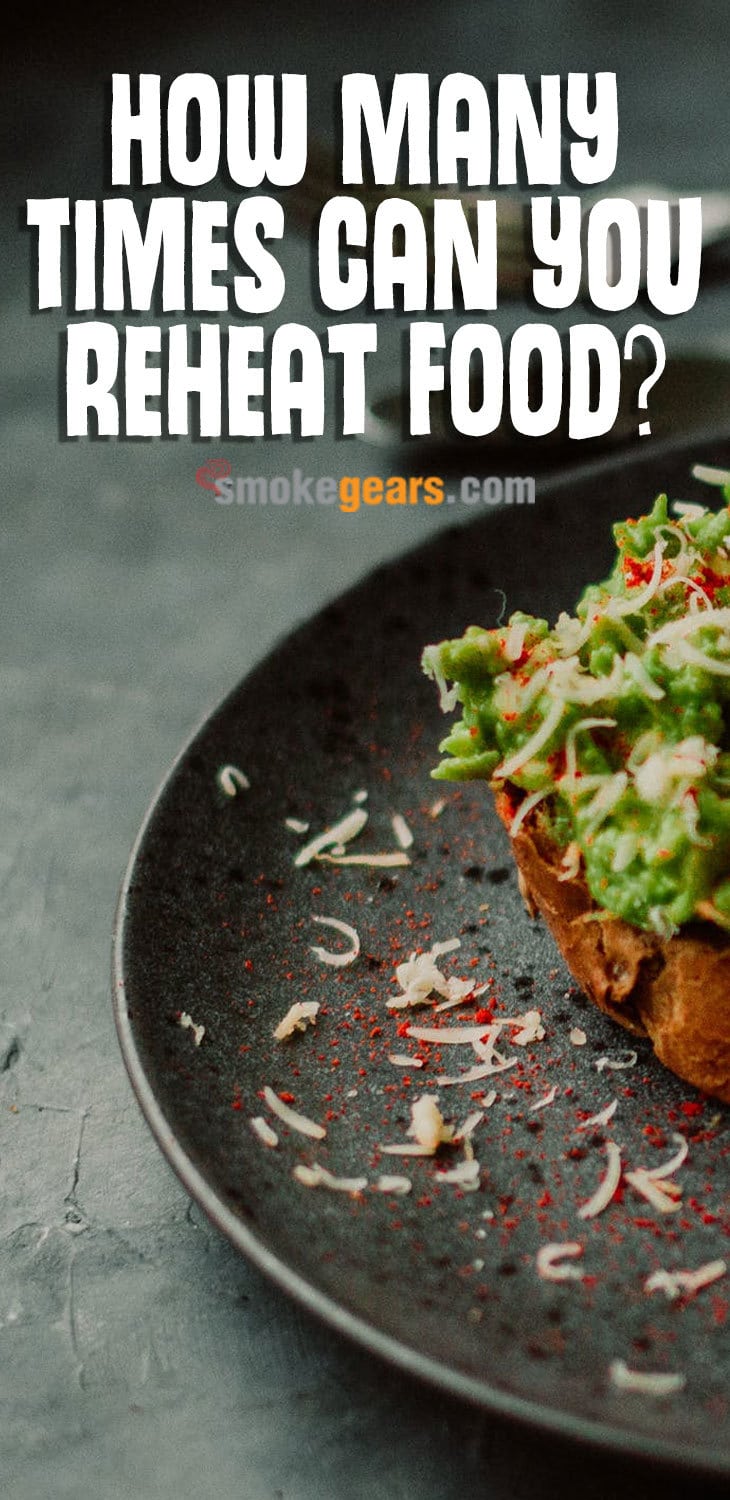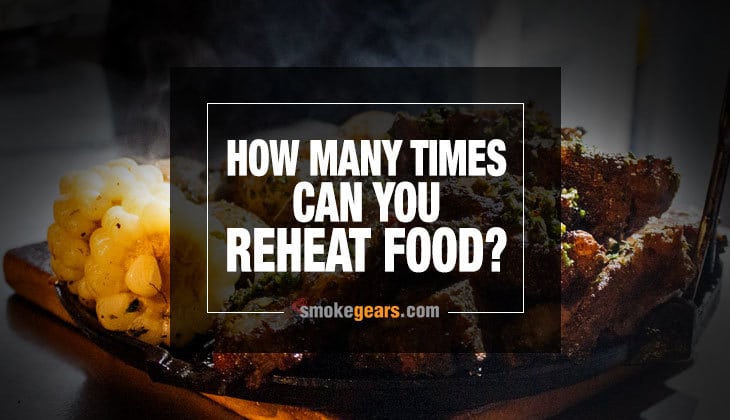How Many Times Can You Reheat Food Safely?
After cooking a big batch of a meal, it is evident that there would be a lot of leftovers that would last you for a while.
However, dealing with leftover food can be tricky when you are not fully aware of how to properly reheat them or the number of times they can be heated over and over again.
Depending on the kind of food you have on your plate and the reheating methods you apply, there are different vital points you need to bear in mind before you prepare yourself to feast upon your meal.
More...
Precautionary Measures
Food is typically at its best in terms of flavor and freshness when it is consumed right after you've cooked it. Also, the chances of you concurring food poisoning are least to none.
However, when it comes to dealing with leftovers, looking out for bacterial growth becomes essential, especially in the case of meat. Irrespective of whether it is lean or red meat, the chances of bacterial contamination such as Campylobacter or Salmonella is very high.
Therefore, steady measures become essential when you are storing food and rewarming them.
Typically, bacteria start multiplying a few hours after the food is kept out in the open. So, to avoid it from going bad, it should be wrapped up or sealed in an airtight container.
According to the Department of Agriculture, food stored in small portions allows them to drop below freezing temperatures far quicker safely. In contrast, they would take more time if stored in more substantial portions.
However, if the meat is frozen in bulk quantity then, they can be thawed in the fridge, and then you can take the portion that you need and then reheat them again.
Thawing and Reheating Techniques
There are many thawing and reheating methods that can be employed when handling food and meat.
• Water Bath
For instance, if you are using the water bath technique, you may either use the cold or the hot water method. In both ways, you need to submerge the meat underwater in a zip lock bag completely.
The cold-water bath usually takes hours to thaw, and you need to keep adding ice by the hour. One of the benefits of this method is that it keeps the meat from being dry and rubbery.
However, if you are in a hurry and wish to thaw the meat as early as possible, then you can use the hot water technique.
In this method, you can safely defrost meat in under eleven minutes at a temperature of 102 degrees Fahrenheit. Chops, steaks, and other prime cuts are ideal for this method.
• Reheating in Microwave
Vegetables have high moisture content; microwaving them preserves most of the nutrient content. Most of the microwaves today, have a separate setting for defrosting vegetables.
You can defrost at a temperature of about 135 degrees Fahrenheit. However, defrosting them begins the cooking process; therefore, they should be cooked right away.
Cooked vegetables can be stored in the refrigerator for up to three to four days while they can be frozen for about three to four months in the freezer. However, it is advisable to finish them before that time.
When you are reheating, cover them up as the heat would destroy any traces of bacteria. A temperature of 165 degrees Fahrenheit is preferable.
When you are reheating poultry or red meat, allow it to have a resting time and then check the internal temperature. Usually, for both the kinds of meat, 165 degrees Fahrenheit is needed, and the resting time ensures that you get a more accurate reading.
Moreover, if you are thawing the meat in a microwave, then it is best to cook it right away as some parts of it begin cooking during the thawing process.
• Reheating in the Oven
When you are using an oven, a stovetop, or a grill to reheat food, it is ideal that you preheat the oven beforehand. And then place them in a double-layered foil; the temperature should reach about 75 degrees Fahrenheit.
The temperature requirement differs according to the type of food that is being reheated. The range can vary from 160 to 200 degrees. You can also add a small amount of sauce over it before wrapping it up.
This addon helps retain the moisture and prevents the food from drying up or becoming stringy.
In the case of meat, you can slowly heat it until the internal temperature comes to a constant of about 155-degree. After that, it can be put in a grill to have a crispy finish.
• Sous Vide Style
Sous Vide is a cooking technique in which you heat food at a consistent temperature in a water bath. You can control the heat precisely, and it gives the exact results every time.
With traditional cooking methods, heat flows from the burner to the pan and into our food or, the glowing elements of an oven heat the air around the food, cooking it.
Remember, the air in the oven and the metal of the pan are much hotter than you want your food to be. Therefore, you have got to take it away from the heat at just the right time. Take it off too early or too late, and your food is either under or overcooked.
However, when cooking with water instead of super heated air or a pan, you can raise the temperature just enough to get the food to the exact readiness that you prefer. Once it is up to the temperature, you can pretty much leave it in the bath until you are ready to eat perfectly cooked food.
When you are handling protein such as steaks, sausages, or prime cuts, you can reheat them at 165 degrees for roughly half an hour per inch of thickness.
However, if you are handling something similar to a brisket that has been frozen for months, you can reheat them at the same temperature as it was for steaks. Still, you should heat it for three hours.

Final Thoughts on How Many Times Can You Reheat Food?
To sum up, food can be reheated as many times as you desire. And there are several procedures you can follow to do so.
Also, one thing to bear in mind is that food should be stored or frozen correctly, both in the right manner and at the right temperature. If storage and freezing are inappropriate, then the entire process of reheating it becomes futile.
Reheating, on many occasions, does diminish the quality of the food, especially in terms of taste and texture. However, if it is done using the techniques mentioned above, then, retaining most of the flavors wouldn't be an issue.



